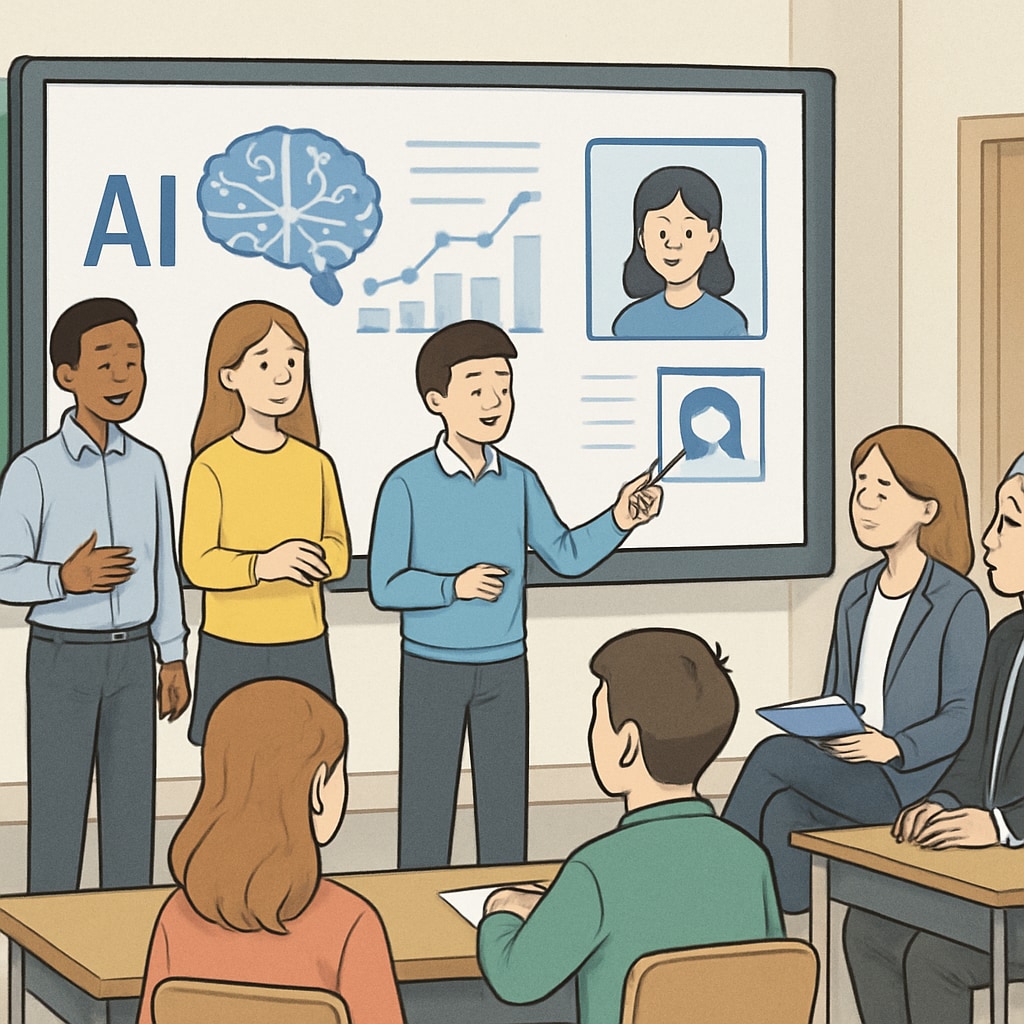The intersection of artificial intelligence (AI), competitive exams, and talent selection is reshaping global education systems. In the AI era, traditional K12 competitive exams struggle to align with the evolving demands of identifying and nurturing talent. This article explores the urgent need to reform assessment methods to ensure every student can thrive in an AI-driven future.
Challenges of Traditional Competitive Exams in the AI Era
Traditional competitive exams often focus on rote memorization and standardized testing, which can fail to measure a student’s true potential. With AI revolutionizing industries, the skillsets required in the workforce are shifting towards creativity, critical thinking, and adaptability. As a result, these outdated evaluation methods risk leaving many talented students overlooked.
For example, standardized tests primarily reward students who excel in fixed formats, ignoring those with unconventional problem-solving abilities or collaborative strengths. Moreover, AI’s ability to generate answers and analyze data undermines the relevance of assessments that solely test factual recall. This disconnect highlights the need for transformative educational reforms.

Innovative Assessment Models for AI-Driven Education
Reimagining K12 education involves shifting from rigid exams to more dynamic, inclusive, and future-ready evaluation systems. Below are a few innovative approaches:
- Project-Based Learning: Students can work on real-world challenges and present their solutions, showcasing critical thinking and creativity. This approach aligns with the collaborative nature of AI tools.
- Portfolio Assessments: A portfolio captures a student’s work over time, offering insights into their growth, strengths, and unique abilities.
- AI-Enhanced Feedback: AI tools can provide personalized and data-driven feedback to students, enabling continuous improvement rather than a single high-stakes evaluation.
- Interdisciplinary Testing: Exams can integrate multiple subjects, encouraging students to think holistically and apply knowledge in diverse contexts.
These models not only identify talent more effectively but also prepare students for the collaborative and problem-solving demands of AI-powered industries.

Empowering Education Stakeholders for Change
For any reform to succeed, education stakeholders—including policymakers, educators, and parents—must actively participate in this transformation. Policymakers should prioritize funding for experimental assessment methods and AI integration in schools. Teachers must be trained to use AI tools and adapt to innovative teaching styles, while parents play a role in supporting non-traditional learning pathways.
Countries leading in AI adoption, such as China and the United States, are already exploring adaptive learning platforms and AI-driven performance tracking. According to a Wikipedia article on AI in Education, these technologies are redefining how student potential is measured and developed. As a result, global educational systems must follow suit to remain competitive.
In addition, collaboration between education systems and AI providers can create platforms that assess not only academic knowledge but also emotional intelligence, leadership, and ethical reasoning—qualities essential for the future workforce.
Looking Ahead: The Future of Talent Selection
Reforming K12 education in the AI era is not just about replacing exams; it’s about creating systems that recognize and nurture diverse talents. By moving beyond traditional competitive exams, schools can prepare students for a future where technology complements human ingenuity rather than replacing it.
This transformation requires courage and vision from education leaders. By investing in innovative assessment models and embracing AI’s potential, decision-makers can ensure that every student has a chance to shine—regardless of how they excel.
As we redefine talent selection, we also redefine the future of education itself—making it more inclusive, dynamic, and capable of meeting the demands of an AI-driven world.
Readability guidance: Each section uses clear language and short paragraphs to enhance readability. Bullet points summarize key ideas effectively, while examples and external links provide credibility and context to the discussion.


